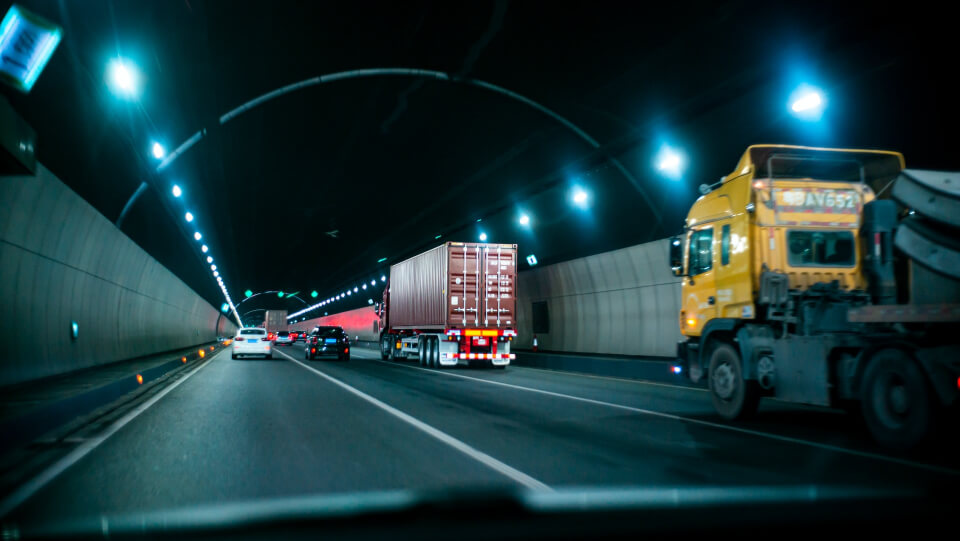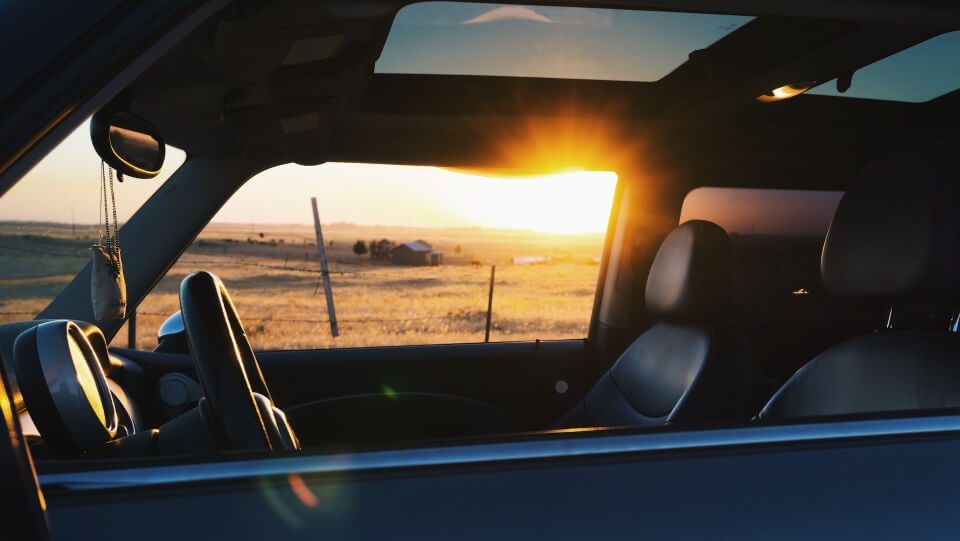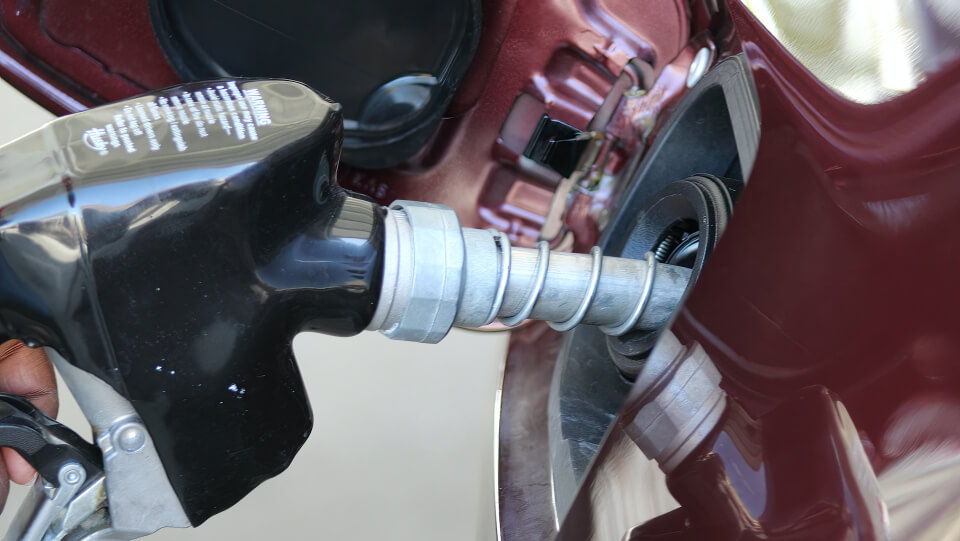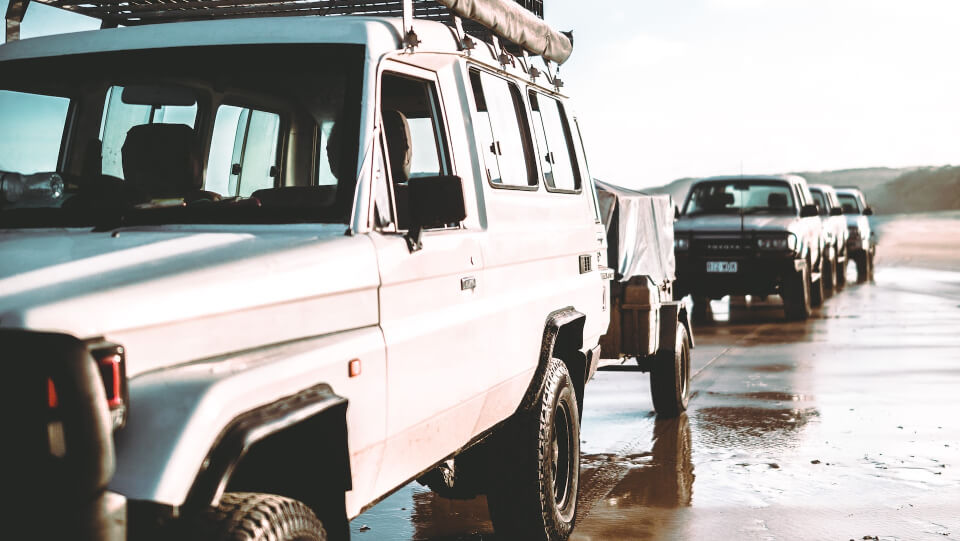Staying in one place is usually a bad idea in a survival situation. Unless you plan on getting rescued, hitting the road is the best chance at saving your life. A convoy with family members and friends gives you strength in numbers.
Here are six steps you should carefully consider while organizing your convoy.
1. Invest in a Commercial Vehicle
Every commercial or military convoy has a large and imposing vehicle in the middle of the pack. This vehicle contains most — if not all — of the cargo being transported. It’s the cornucopia all the smaller cars must protect. Your convoy should have a similar arrangement, so invest in a commercial truck or van large enough to store survival supplies for a whole group.

It’s impractical to scatter supplies throughout multiple vehicles when traveling in a group. Someone could steal precious goods and create their own secret cache. Mistrust would grow and people would start making accusations against each other. A centralized supply source to which everyone has equal access is much easier to monitor and split into rations.
2. Stock Your Convoy Vehicle
Once you find a vehicle with sufficient cargo space, you must stock it with the essentials. Food, water, extra clothes, portable shelters and first aid supplies should be your top priorities. Remember to include multipurpose hygienic items such as baking soda and dental floss — tools with many uses are precious in survival situations.
These other miscellaneous items will also come in handy:
- Duct tape
- Flashlight
- Utility knife
- WD-40
- Fire source
- Tire changing kit
- Jumper cables
- Extra battery
Make sure to use storage bins, bungee cords and other tools to keep these items in place while driving. Proper organization is the key to a successful convoy. You can’t let your supplies get damaged or disordered.
3. Learn the Local Terrain
Orientation is another crucial aspect of leading a convoy, so teach your fellow travelers about the local terrain. Knowledge of the area’s roadways, municipalities and landmarks gives you a massive advantage over other groups. It’s also critical that you know the region’s plants and wildlife in case you need to forage for food.

Make sure the group’s other leaders know how to use a compass and read a map. At least one person in every vehicle should have basic orientation skills to reorient them if they get separated from the convoy’s main body.
4. Practice Strict Fuel Conservation
Fuel scarcity is one of the biggest obstacles facing your survival convoy. Your whole group must practice strict fuel conservation habits. Don’t accelerate or slam on the brakes too hard and follow the speed limit, especially on highways. Maintain safe distances between cars so everyone can slowly come to a stop.

Instruct your groupmates not to rely on their vehicles’ air conditioning too much. A good rule of thumb is to use AC when above 40 mph and roll the windows down at slower speeds. You should also establish a strict no-idling pledge. If an engine is running, the vehicle should be moving. Don’t let a single drop go to waste.
5. Use Multiple Communication Channels
Constant communication is a must-have for your convoy’s safety. Your group should use multiple communication channels to ensure everyone is on the same page. These are the methods that military convoys use:
- Radio: Using walkie-talkies or ham radios is the most convenient way for your convoy’s cars to stay in touch. Just make sure you bring lots of extra batteries.
- Lights: Drivers already use their brake lights, turn signals and high beams to communicate with other drivers. Your group could create secret meanings for different light signals in a convoy scenario.
- Horns: Loud noises aren’t ideal in survival situations, but using the car’s horn is sure to get everyone’s attention.
- Hand Signals: Hand signals are effective in any environment. Being able to communicate silently with your groupmates gives you a huge advantage.
- Written Messages: When all else fails, you could write messages on signs and show them to other vehicles while the convoy is moving.
Few things are more debilitating to a vehicle convoy than poor communication. One vehicle can throw off the convoy’s formation and create a weak spot. Every driver needs to know the journey’s next step at all times.
6. Drive in Consistent Formations
Your convoy will end up traveling in several different formations, depending on the terrain. These are the basic formations you should utilize:
- Open Column: This formation is the standard for well-paved roads with good visibility. Each vehicle travels about 100 feet apart when moving at speeds above 25 mph. The primary cargo or passenger vehicle sits somewhere in the middle.
- Closed Column: When the roads are rough and visibility is poor, vehicles drive 50 feet apart at speeds under 25 mph.
- Infiltration: The convoy moves at a slow and cautious speed, taking directions from the leader. Proper communication is critical for this formation.

Getting too congested could lead to a traffic jam or an accident, but spreading out too far could cause some vehicles to separate from the group. Everyone needs to maintain a consistent distance from each other to keep the convoy together.
The Lone Wolf Dies, But the Pack Survives
Many survivalists think they have the skills and supplies to make it independently, but they won’t last long without allies. Solitude is a vulnerability in survival situations. The lone wolf dies, but the pack survives, so a well-organized convoy is an excellent traveling method. These six steps will help keep your group safe and make your convoy a success.
Author Bio: Oscar Collins is the editor-in-chief at Modded. Follow him on Twitter @TModded for frequent updates on his work!

